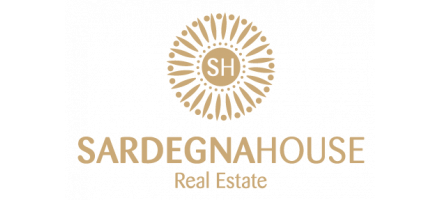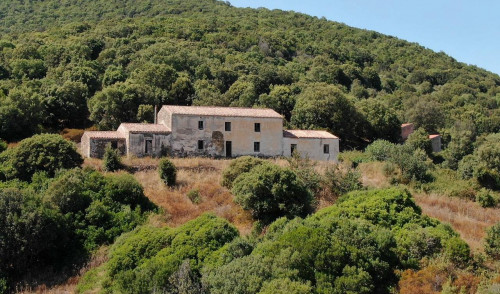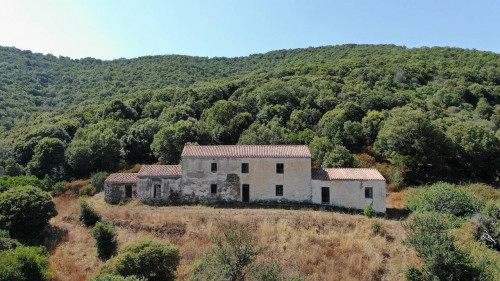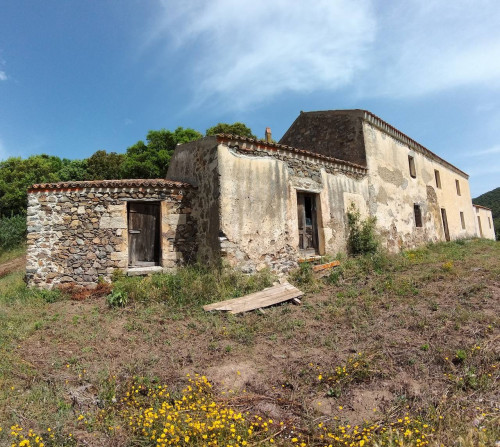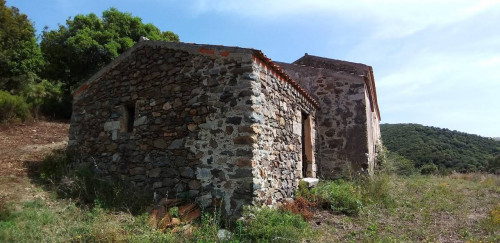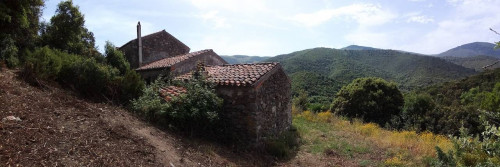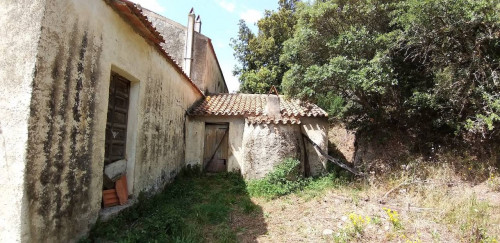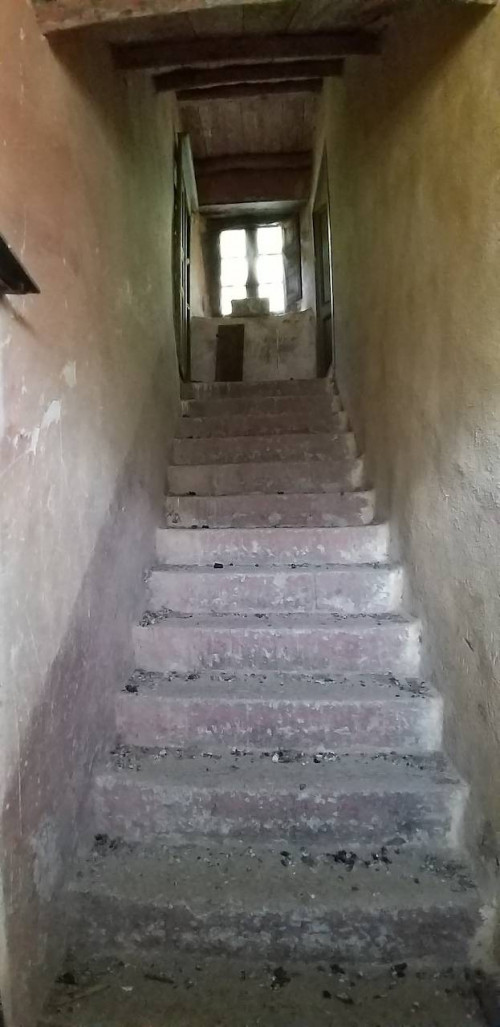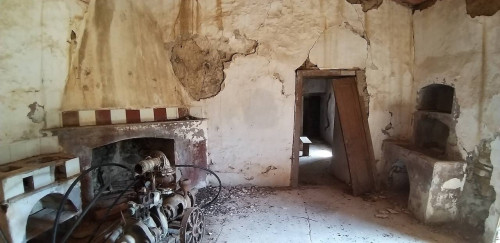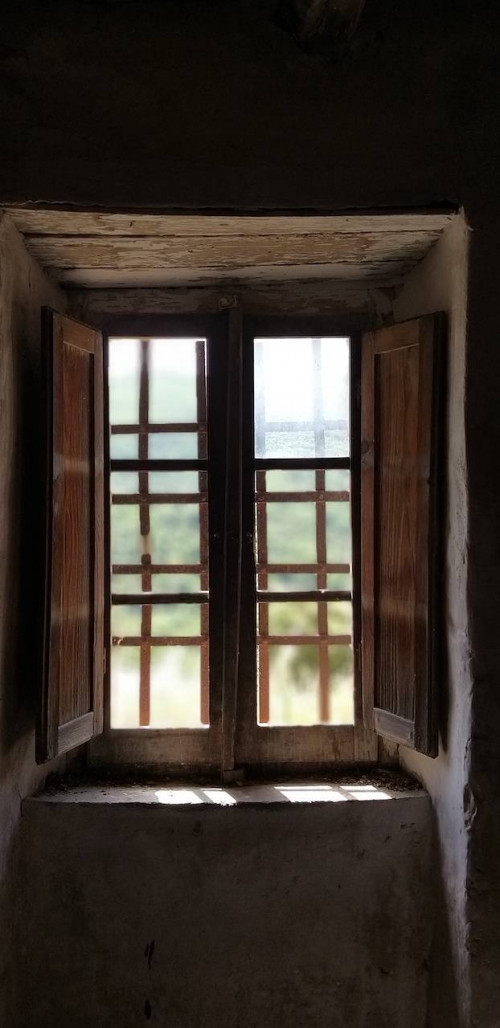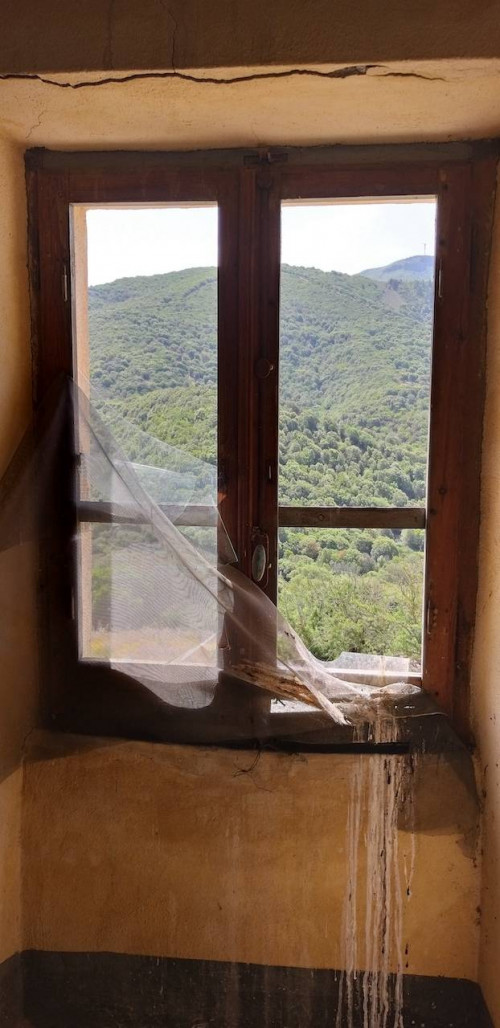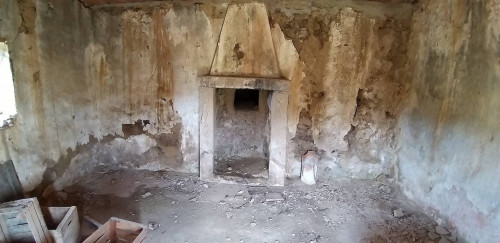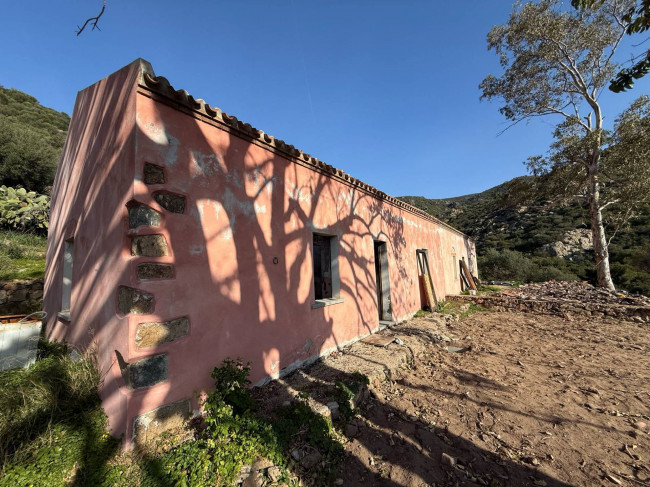- You are in
- Home ›
- Properties ›
- Viddalba ›
- Sale ›
- ›
- for sale in Viddalba
Ref. AGS-STAZZO-TIR
for sale in Viddalba
-

1.100.000 sq.m.
sq.m. -

0
Bedrooms -

0
Bathrooms
€ 1.300.000
Description
AGGIUS (SS)
(AGS-STAZZO-TIR code)
We offer for Sale a farmhouse with land.
DIMENSIONS OF THE PROPERTIES
Mixed forest land approximately 110 hectares (1,097,082 m2)
Residential building of approximately 350 m2 on two floors, stable of approximately 110 m2 on two floors
Land:
The average height above sea level of the property is approximately 300 m.
The lands in question are contiguous to each other, constituting a single 110 hectare piece of land.
The property has direct access from the SP58 provincial road (Aggius - Viddalba) through a gate located approximately 3 km from the Aggius-Trinità junction, the same internally and equipped with dirt roads passable by car. From the entrance you can easily reach the upper part of the land where the buildings stand out, dominating the entire land.
The orography of the land is mostly hilly with medium slopes and is crossed by a stream in force for about 9 months of the year called "Rio Tirriaga", the latter's name
the whole area, precisely Stazzo Tirriaga. The area is rich in spring water, upstream from the buildings there is a surface well active all year round and an open-air spring with natural collection in close proximity.
The entire property is mainly made up of mixed forest, with alternating cork oaks, holm oaks, strawberry trees, myrtle as well as a rich and widespread medium-low Mediterranean scrub.
The Buildings:
As previously described, the property has two separate buildings. The largest building - Lo Stazzo - has a residential function, and the building not far from the stazzo has the function of a stable.
The mess
The main building brings together almost all the characteristics surveyed by the experts who have written so much about these ancient Gallura settlements.
With a typical elongated rectangular plan, the "Stazzo Tirriaga" was born as the home of two closely related families. From the essentially symmetrical front elevation, the old central division between the right and left parts can be seen, the latter most likely being the oldest. No certain date of the first settlement has been found, but old stories handed down verbally through the generations who still own the property can lead us to assume that the construction period was the early 19th century.
The double-storey central part "a Palazzu or Palazzeddu" houses two large living areas on the ground floor, connected by a small entrance area which connects, beyond the two areas mentioned, the stone staircase to access the first floor. The latter instead consists of three rooms accessible separately from a corridor: a very large master bedroom and two smaller bedrooms. Through one of the two smaller rooms you can access the attic via a wooden staircase.
The building then presents, as was traditional, a series of rooms built in perfect continuity with the main housing body. These additions maintained a function strictly necessary for the life of the families who lived there, but there was not always a connection from within the residential area. From the main elevation we can easily read the single addition built on the right side and the double construction with a clear difference in height on the left side. However, it is necessary to visit the back of the right side of the building to find yet another part of the building which rises perpendicular to the elongated plan: "Lu Pinnenti". This strictly sloping room, leaning against the house, has an independent entrance and is equipped with a large wood-burning oven also built as another external addition.
At the extreme left of the residential building, next to it, there is, as mentioned, another small independent structure with access through a small door on the main façade. Probably another warehouse, like "lu pinnenti" on the opposite side, serving the family unit residing on that side of the stable. Inside it is also equipped with a wood-burning oven with a built-in external structure.
The stable/stable
Located north of the residential building about 30 meters away, the stable has a rectangular plan (12 x 6 m) with an asymmetric double floor. On the left side, and exactly for half the surface of the plant (6 x 6 m), there is an upper floor divided internally by a wooden attic. The room on the first floor, accessible from a door upstream, was probably used as a warehouse for hay. An austere building with clear geometries, it lends itself very well to a change of intended use to also be repurposed as a home.
The walls of both structures show no signs of collapse or particular degradation that would compromise their stability. The roofs have been entirely rebuilt: load-bearing floors and roofing. The latter, in the residential building, was built with original Sardinian tiles from the beginning of the century for the exposed part and new tiles for all the channels.
CURIOSITY'
The image of the Stazzo Tirriaga was chosen for an important regional conference on landscape organized by the Sardinia region in collaboration with the Ministry for Cultural Heritage and Activities.
A short film of "The Mute of Gallura" was shot in the interiors of the Stazzo Tirriaga, a story taken from the famous novel by Enrico Costa, directed by Mario Giua Marassi.
CONCLUSIONS
The Stazzo Tirriaga, understood as a set of buildings, land and all the improvements made in the last two centuries (wells, fountains, roads, reforestation, etc.) is a true example of an ancient Gallura agricultural company. Solitary but well connected to strategic road axes, with intact old stone buildings dominating the entire property. It lends itself well to new hospitality or purely residential functions for those still seeking Gallura authenticity.
